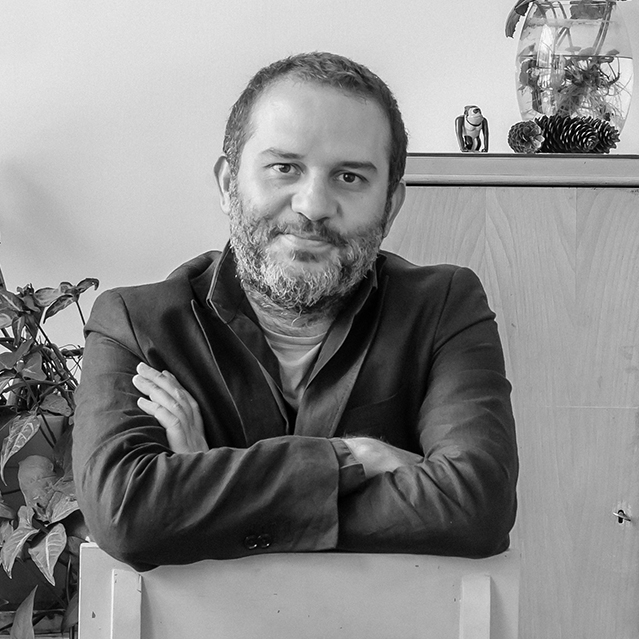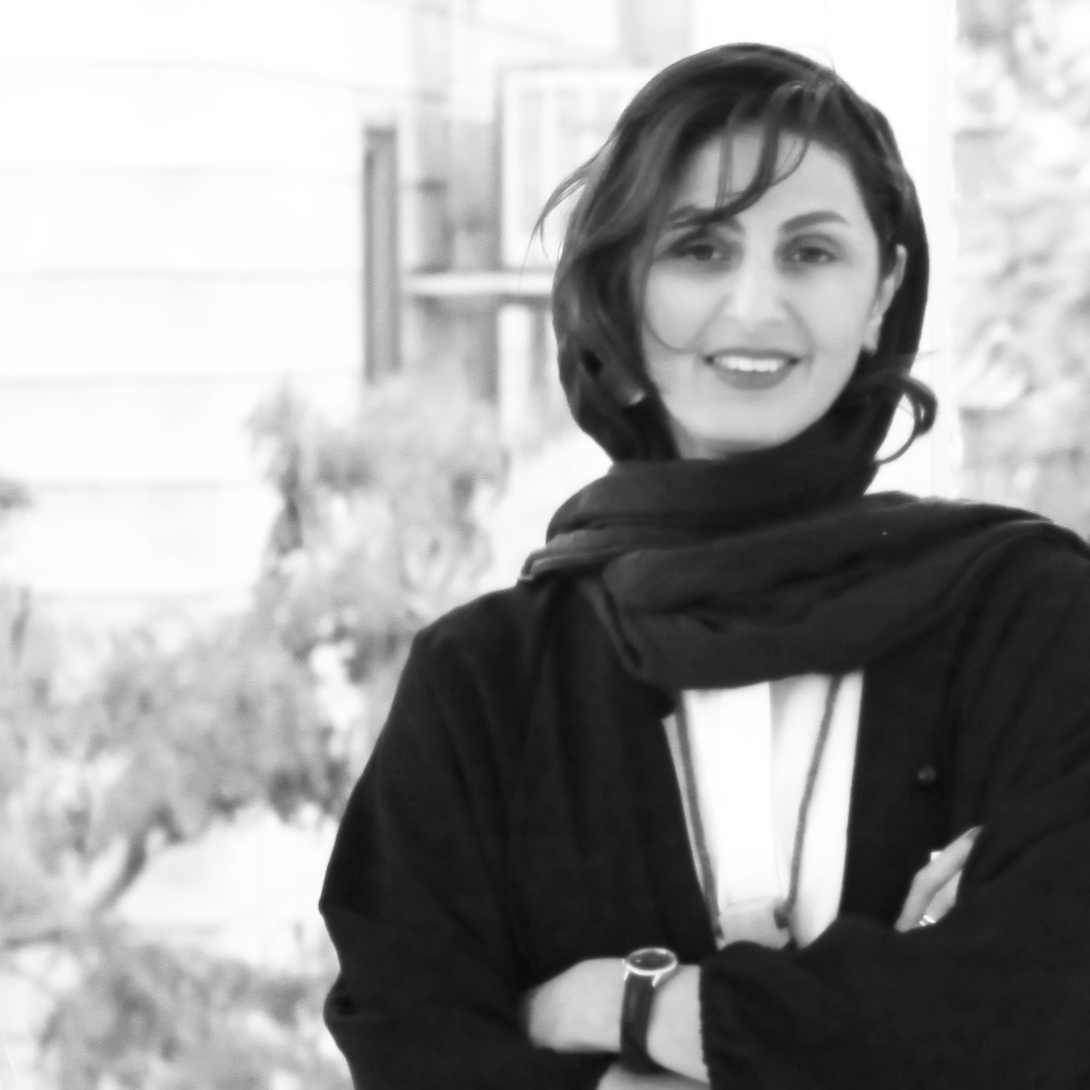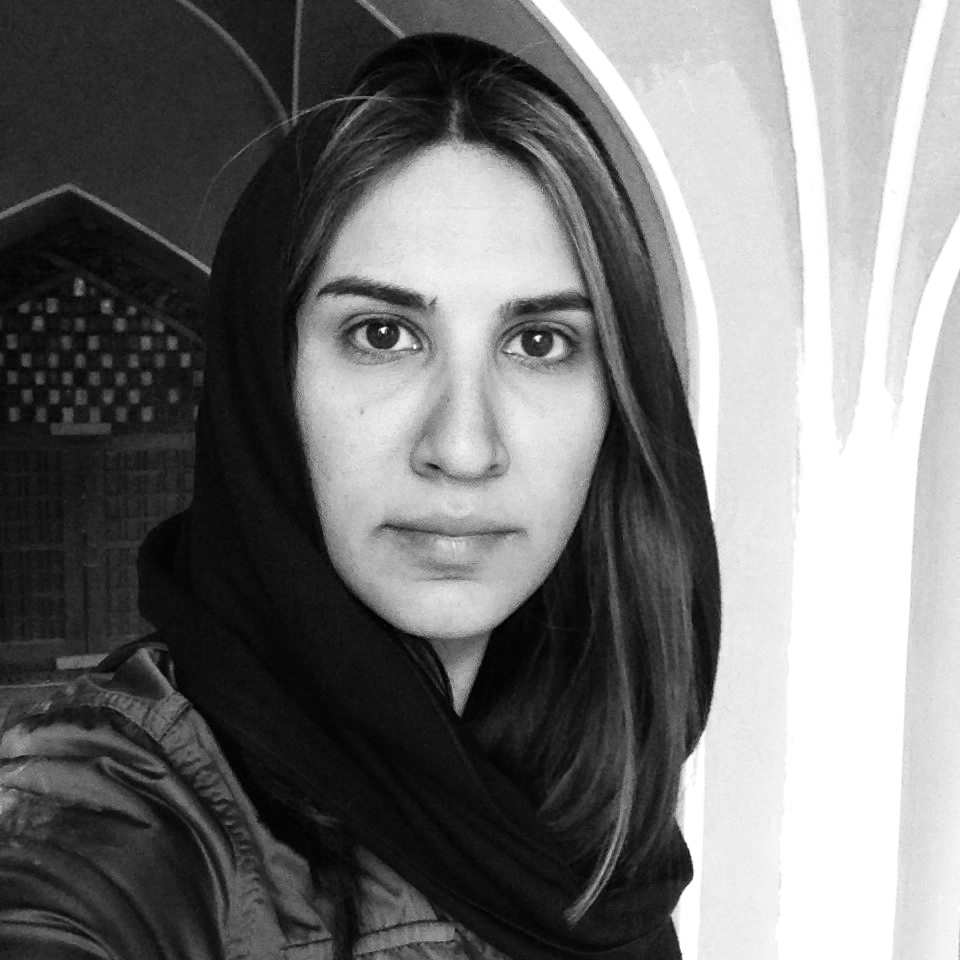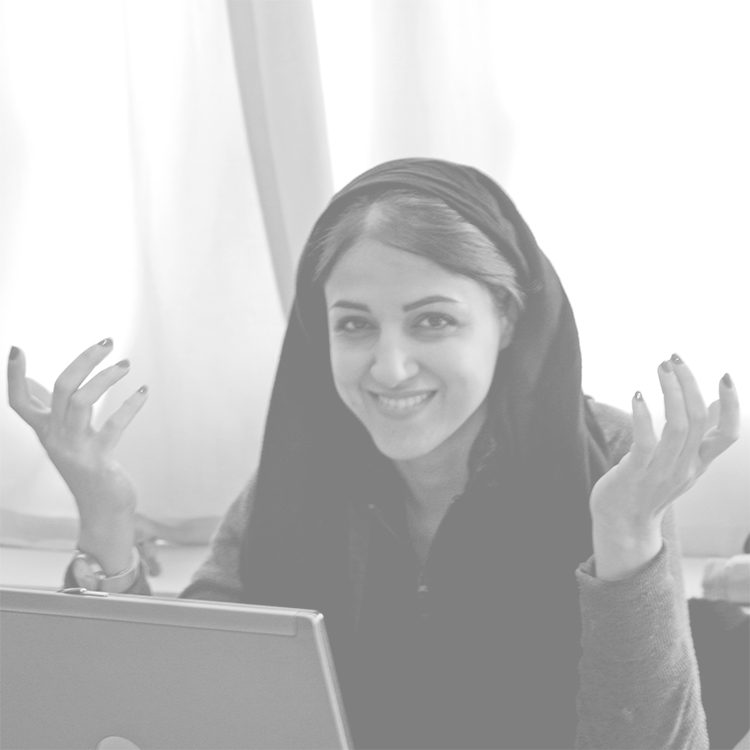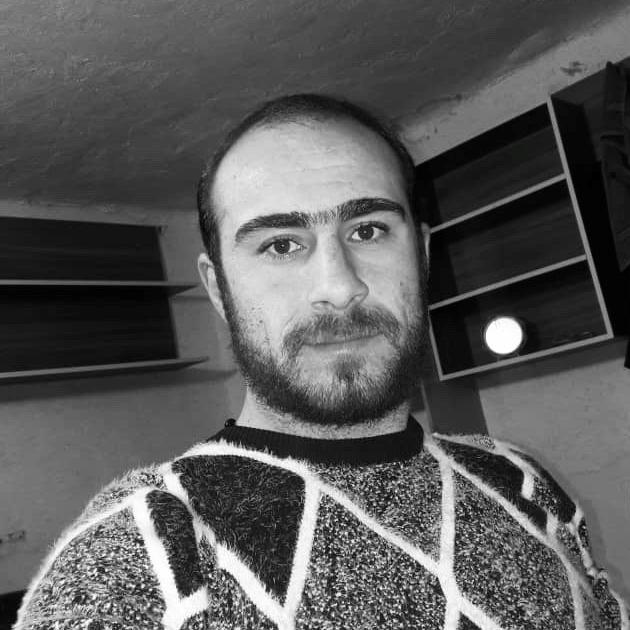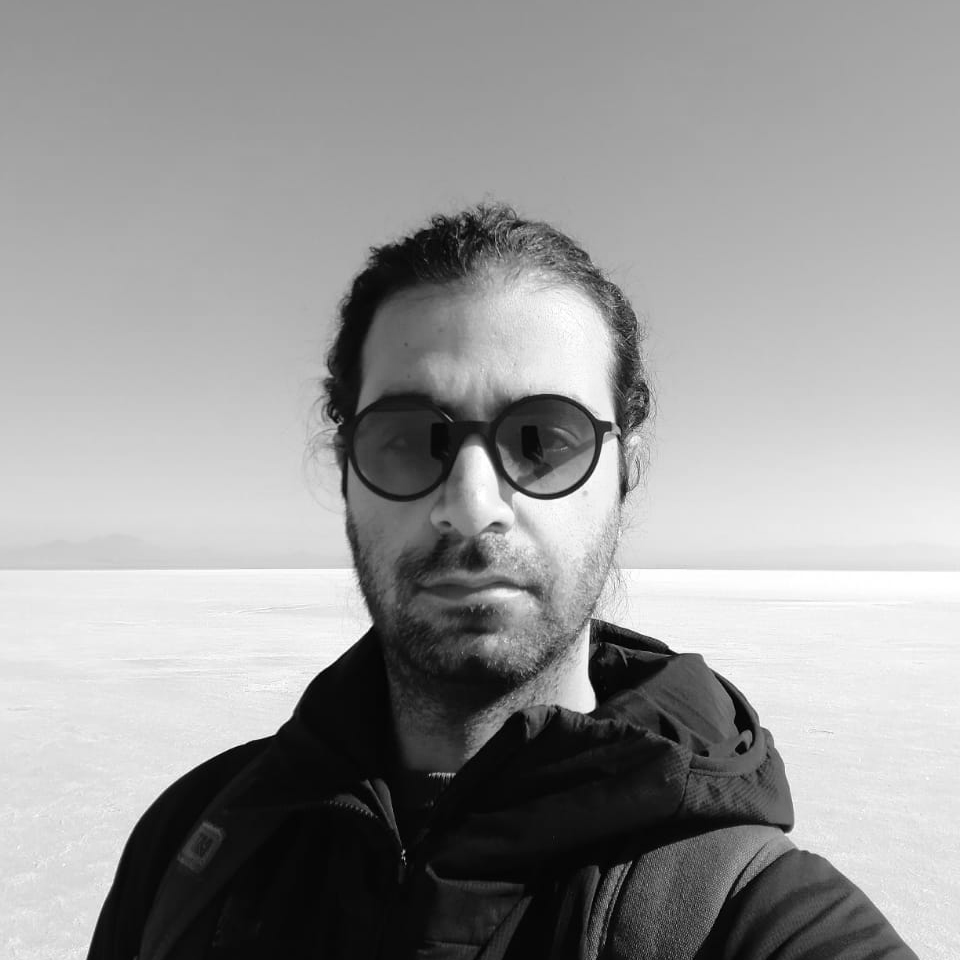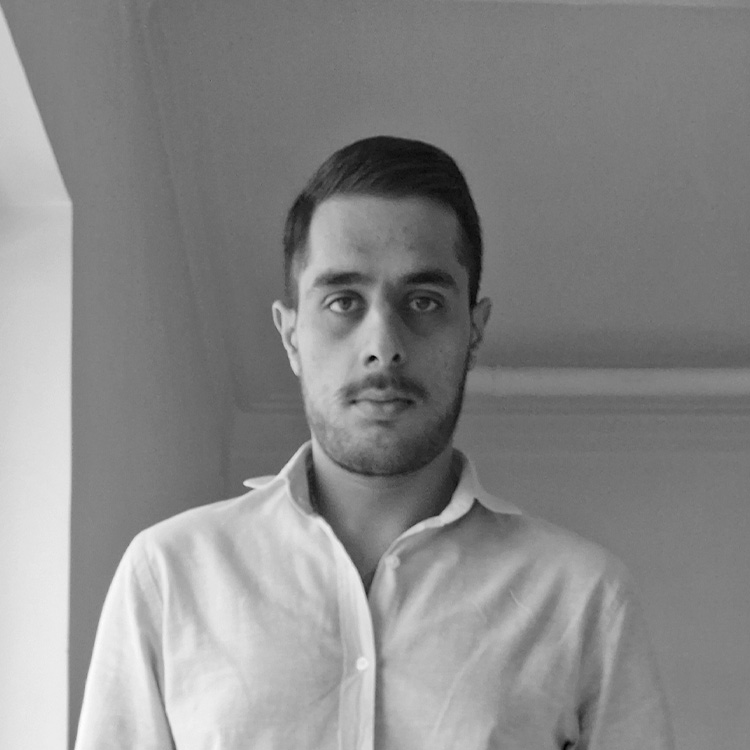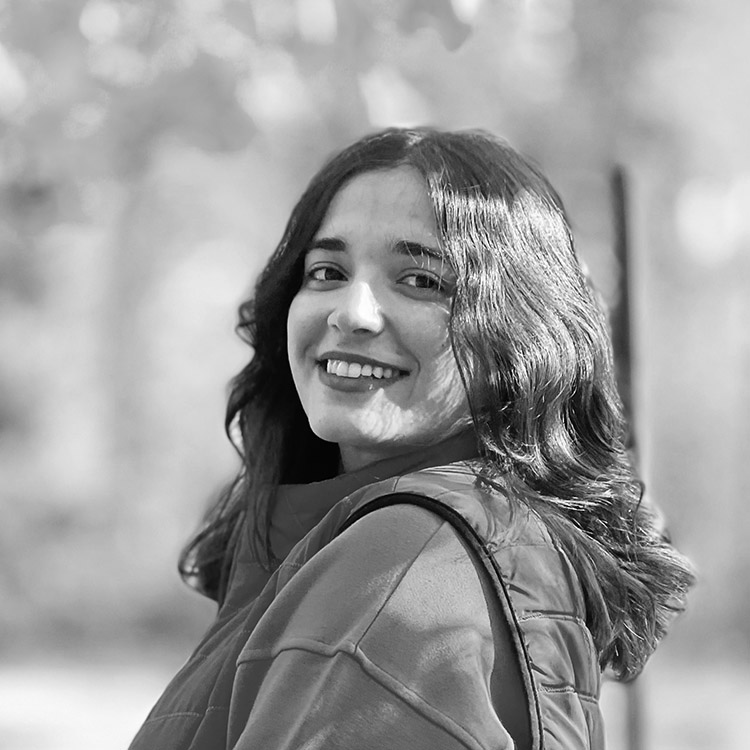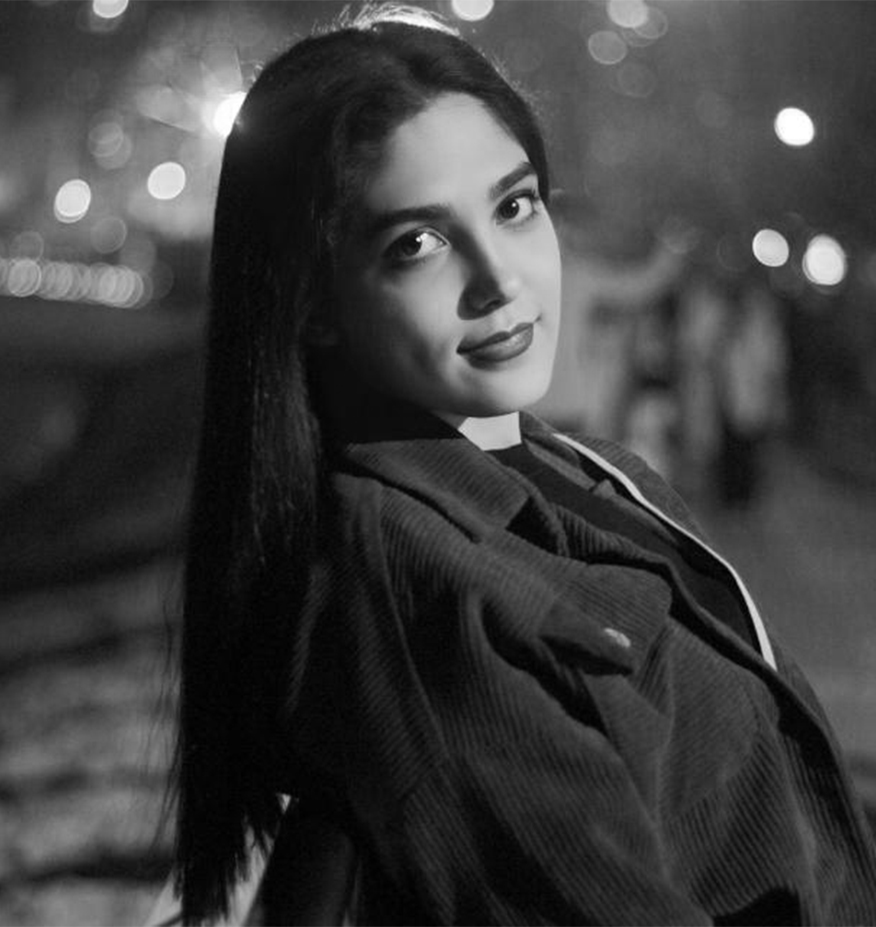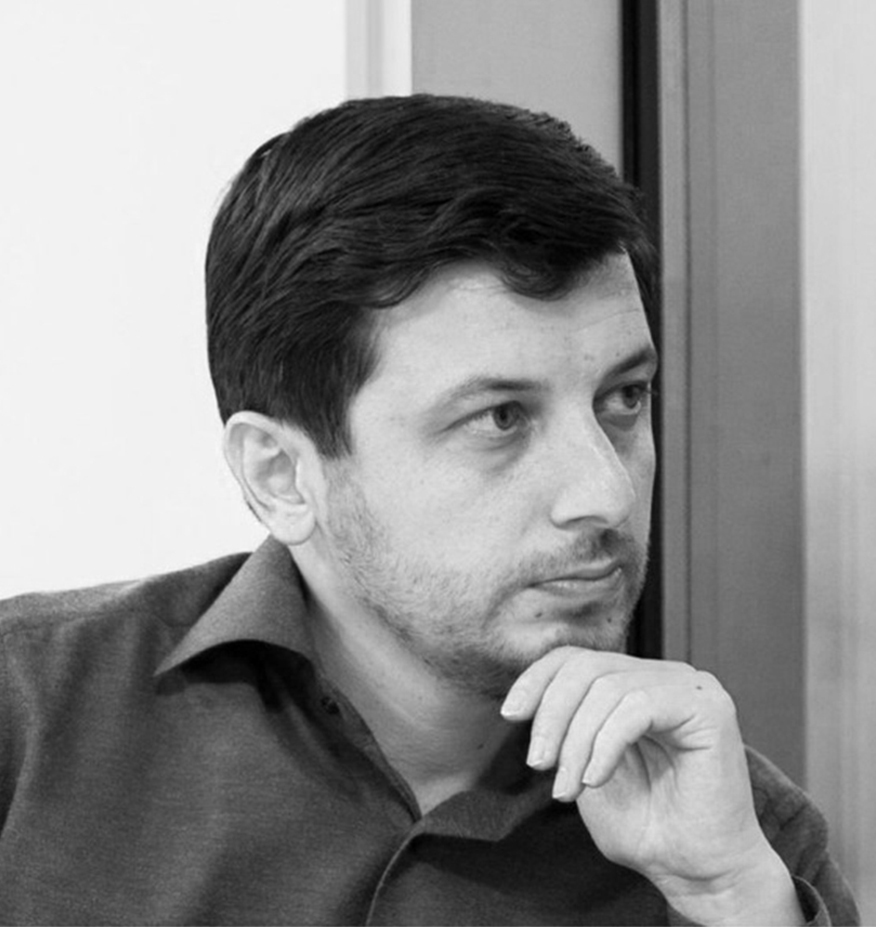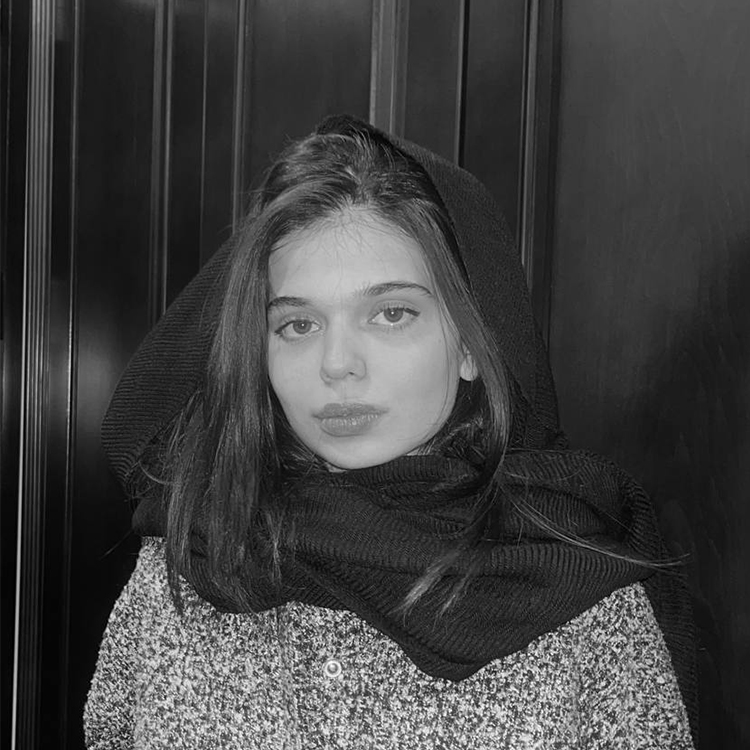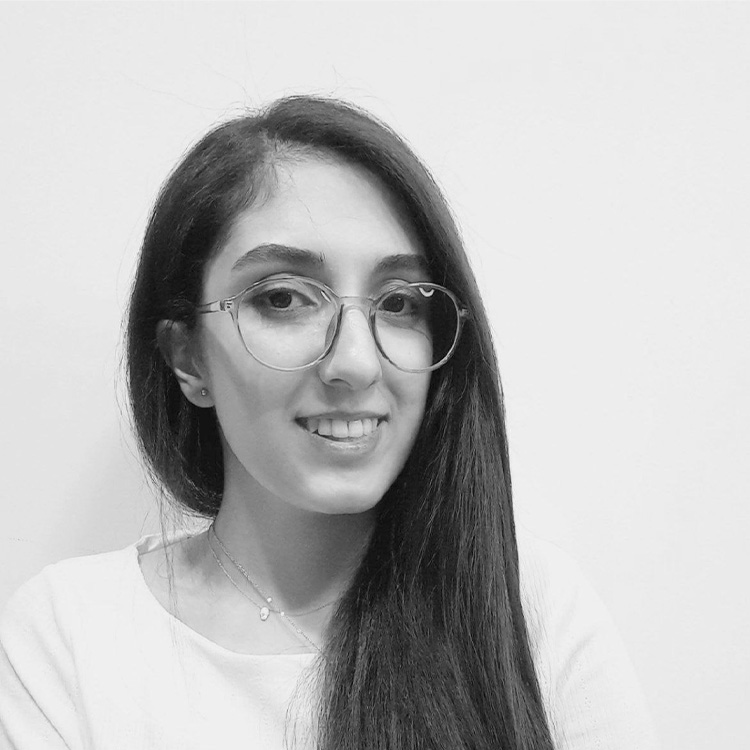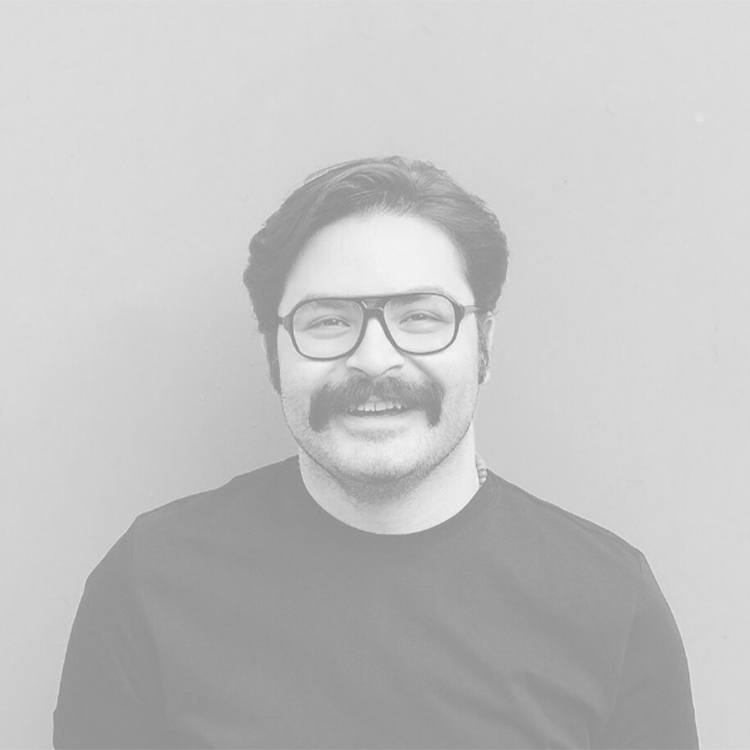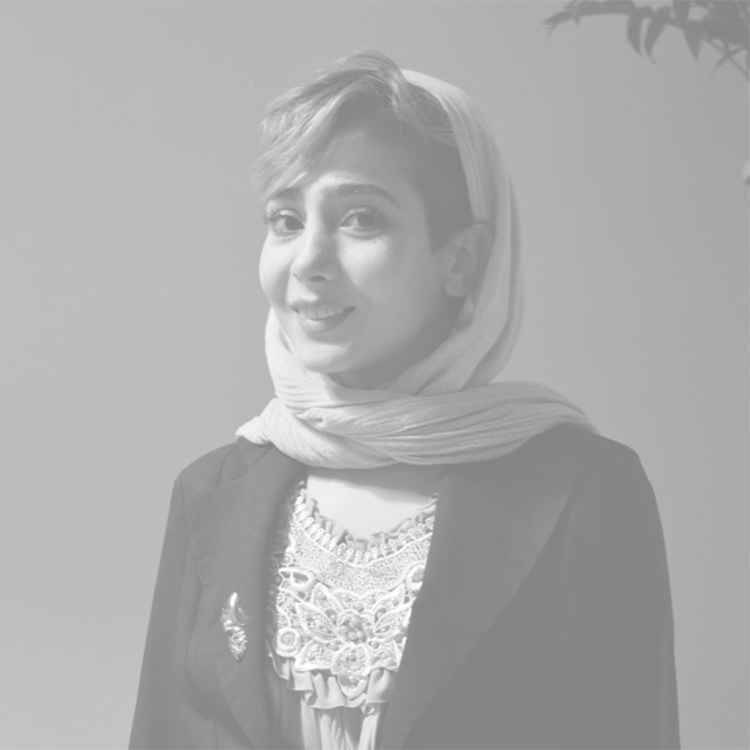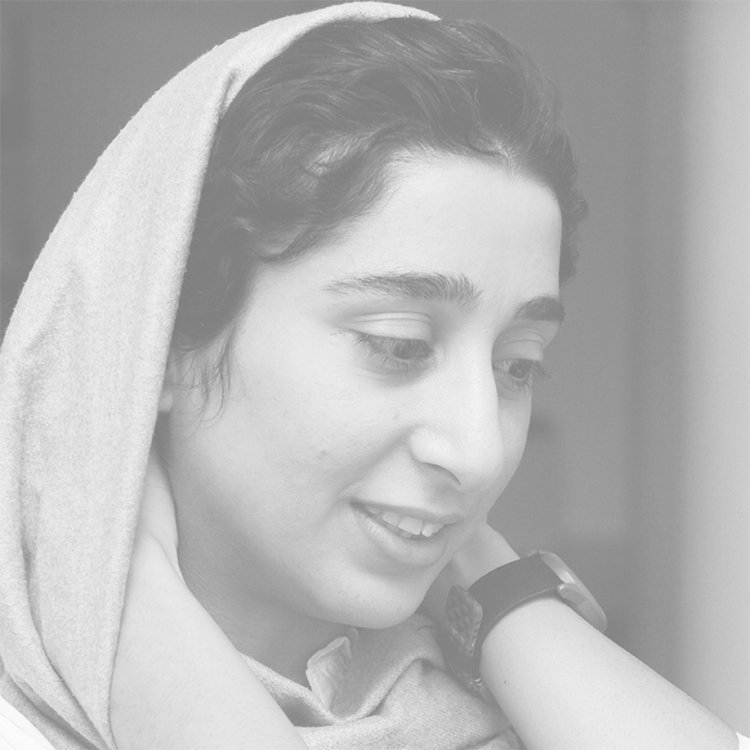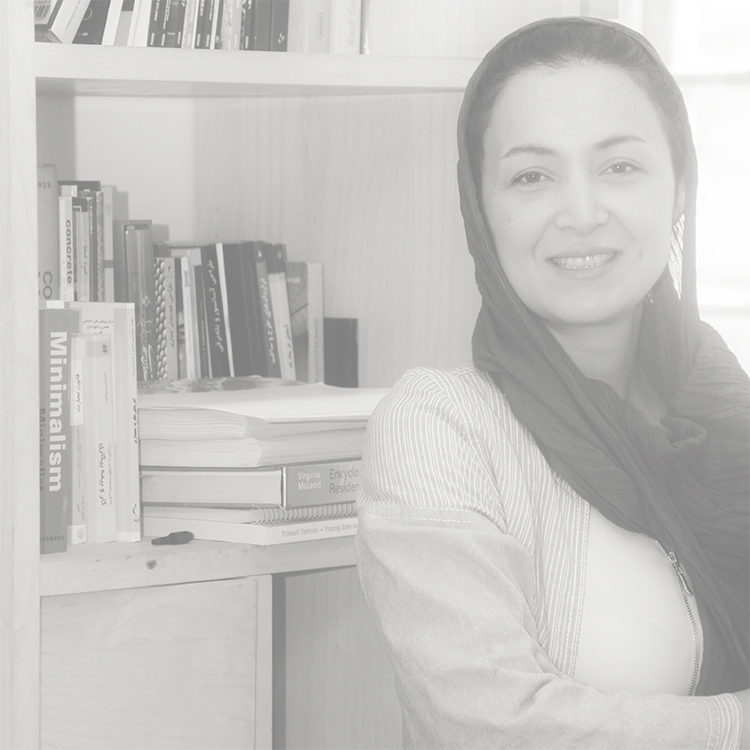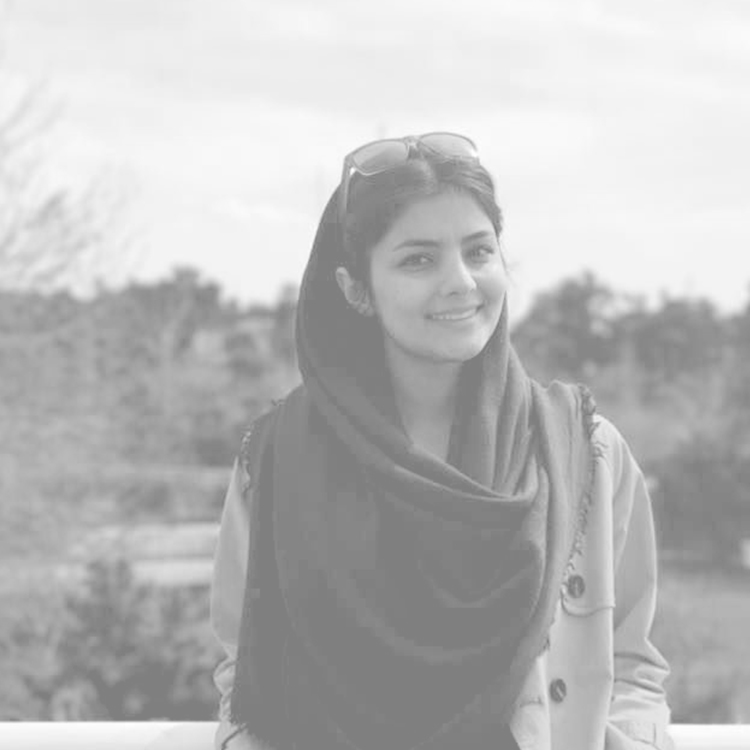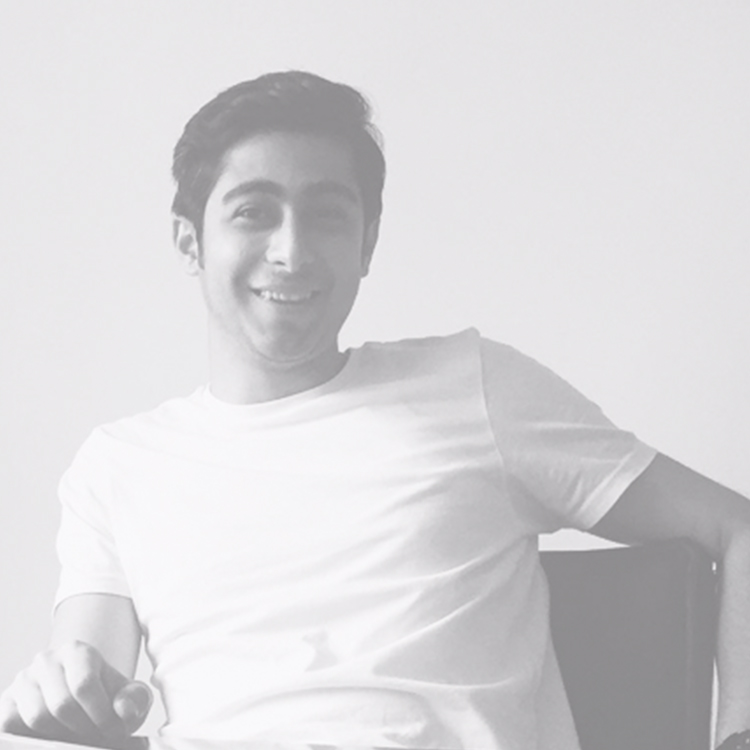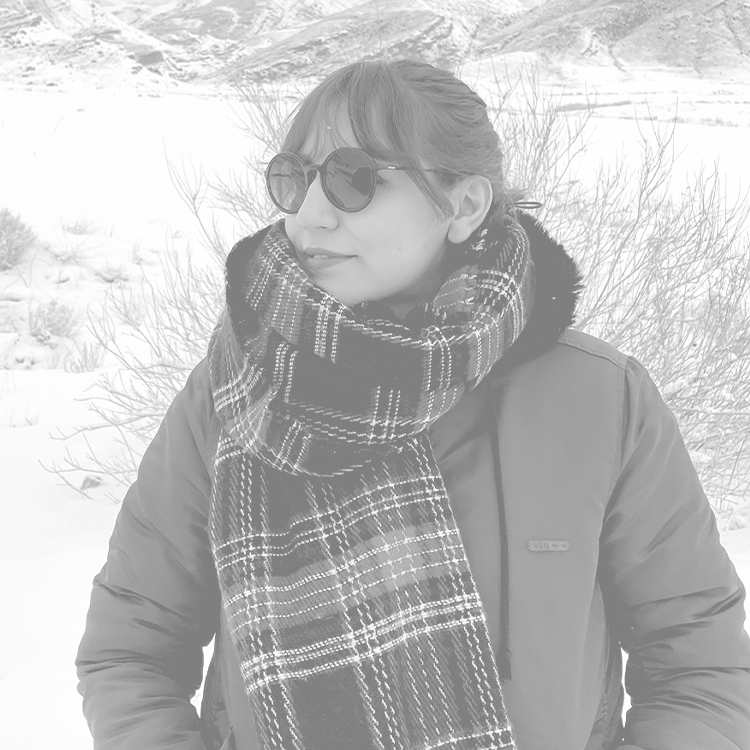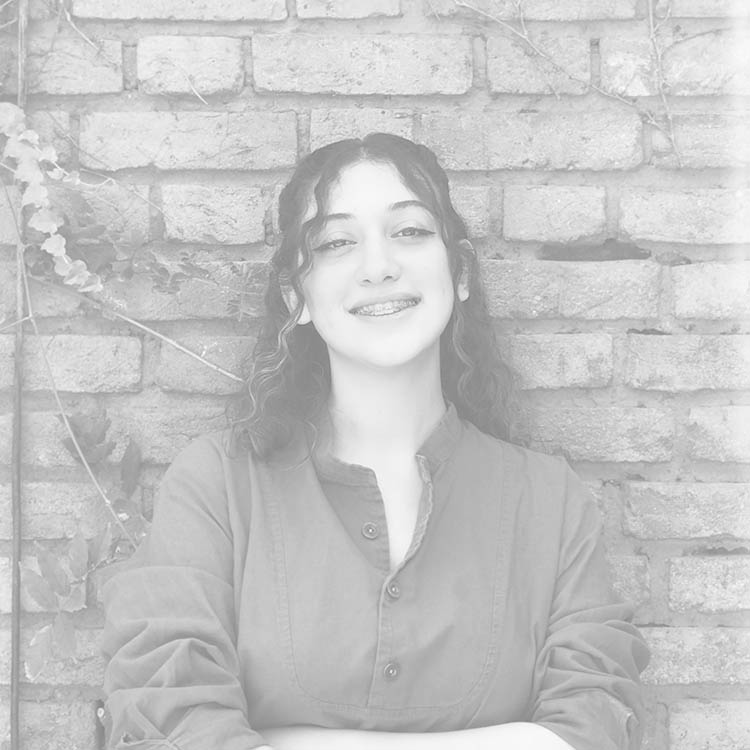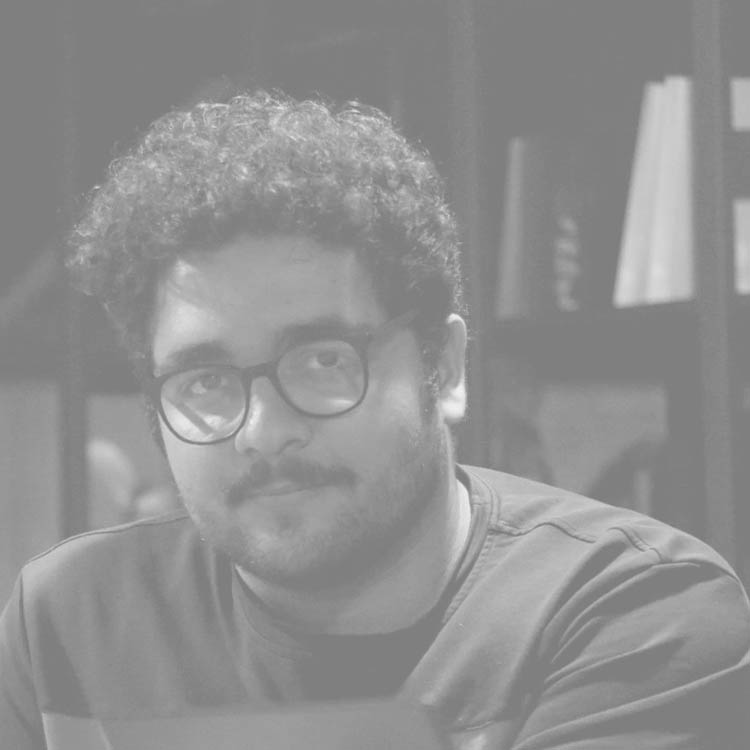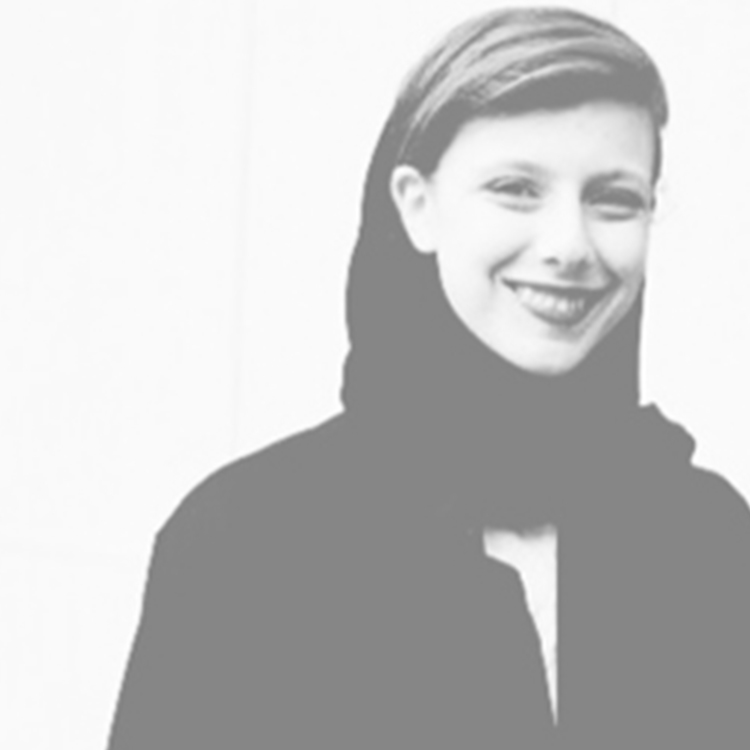During my years in university, I was member of a group, together with Parsa Ardam and Leila Hamzehpour, called ZAV where we designed objects and furniture, organized exhibitions and gradually started to do some projects.
Towards the end of my masters, when I became more acquainted with the field of urban design, architecture took on another meaning for me. I developed a deeper interest in urban questions and how users and builders of architecture can affect it. Back then I realized architecture can be a whole lot more multi-faceted, dynamic and animated than a single building and it ought not to be imprisoned inside the building.
Around 1998 I co-wrote my thesis with Parsa Ardam about Khorramshahr, a city devastated by the Iran-Iraq war a few years back. Khorramshahr is located North of the Persian Gulf close to the Iran-Iraq border. It’s a city that contains the essence of issues surrounding this war, and is in this sense considered a city of national importance.
The city of Khorrmshahr illustrates the economic and social circumstances of the Iran of yesterday or even today. The economic and social circumstances discussed in the thesis are still pertinent in the country and for ZAV, and the same applies to the spatial scenarios of our thesis. Being interventions that avoid formal presumptions and favour small down-to-earth action, suspending product-driven aesthetics and encouraging a benefit-driven approach in favour of everyone, their approach still remains the main preoccupation of ZAV Architects in their projects.
Amidst urban ruins and a population who is deprived of their hopes and wishes because of war, how can architecture inspire them to have wishes for something better again; real, down-to-earth and achievable wishes that could improve their lives greatly through space. The thesis proposes 6 scenarios with a bottom-up approach, that instead of government-led urban developments, using expensive material construction, tend to shape activities, based on field research, for its economic and social regeneration, activities that are achievable with near at hand resources and the help of people through flexible and adapting spaces.
In 2006, ZAV became an official architectural office. One main characteristic of ZAV is that collaborations with architects and experts outside the office are frequent. With time, these collaborations became increasingly diverse and interdisciplinary, and after Parsa left the group two new associates joined: Golnaz Bahrami and Fati Rezaei. In collaboration with other architects and researchers such as Soroush Majidi, Sara Jafari, Sheila Ehsaei, Fereshteh Assadzadeh and many others, ZAV believes that collective creativity can reach grounds unattainable to individual efforts.
ZAV has a research-driven and pragmatic approach towards architecture that tries to explore realistic and practical subjects. The design product is not the starting point of ZAV’s work. Work starts with investigating capacities that enable social and economic agency and even whatever can make small wishes come true, and use architectural means for this end. Spatial scenario and program, spatial organization, architectural typologies, craftmanship and construction techniques, can all become subject to research in order to find out how their capacities can be activated. In following a social and economic agenda, it is important that architectural qualities are not set aside and neglected, but that instead they become the means of realization of these goals with their inner capacities and tools. And this is some sort of compromise between different and sometimes diverging interests that redefine the question of what architecture is about, and reveal its mediating attributes.
Mohamadreza Ghodousi
Tehran 21.Nov.2020
